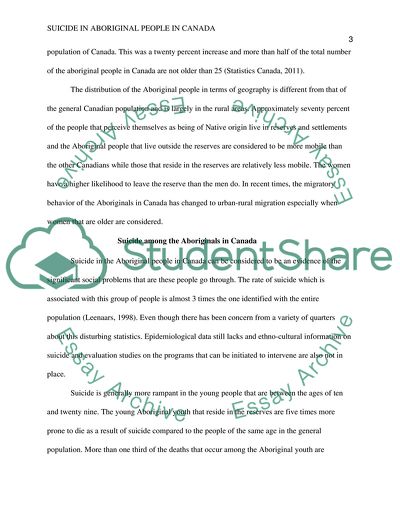Cite this document
(Suicide in Aboriginal People in Canada Coursework, n.d.)
Suicide in Aboriginal People in Canada Coursework. Retrieved from https://studentshare.org/social-science/1818614-suicide-in-aboriginal-people-in-canada
Suicide in Aboriginal People in Canada Coursework. Retrieved from https://studentshare.org/social-science/1818614-suicide-in-aboriginal-people-in-canada
(Suicide in Aboriginal People in Canada Coursework)
Suicide in Aboriginal People in Canada Coursework. https://studentshare.org/social-science/1818614-suicide-in-aboriginal-people-in-canada.
Suicide in Aboriginal People in Canada Coursework. https://studentshare.org/social-science/1818614-suicide-in-aboriginal-people-in-canada.
“Suicide in Aboriginal People in Canada Coursework”, n.d. https://studentshare.org/social-science/1818614-suicide-in-aboriginal-people-in-canada.


